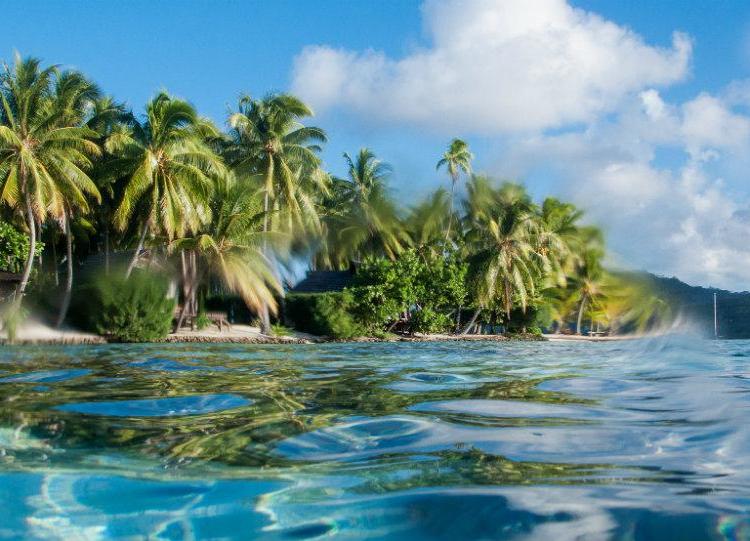You Should Visit These Places Before They’re Destroyed By Global Warming

Flickr/Paolo Gamba/CC BY
Global warming is changing the earth’s landscape every day, but some regions of the planet are being affected more quickly than others. From island paradises in the Pacific to Australia’s irreplaceable coral reefs, here are the beautiful places you should make a point to see before they’re damaged or destroyed by climate change.
The Maldives
Rising and warming waters put the Maldives, a beautiful chain of islands in the Indian Ocean, at extremely high risk for complete submersion. In 2012, former Maldivan president Mohamed Nasheed warned, “If carbon emissions continue at the rate they are climbing today, my country will be under water in seven years.”
Fiji
Located in the South Pacific, climate change plagues Fiji by putting the island through periods of both extreme drought and storms and cyclones, which makes its inhabitants more susceptible to climate-sensitive diseases, like dengue fever and food- and water-borne illnesses.
Palau
Palau, which shares maritime borders with the Philippines, Indonesia, and Micronesia, is threatened by rising sea levels as well as a lack of usable water. The island nation is vulnerable to earthquakes, volcanic activity and tropical storms, plus flooding of coastal areas threatens agriculturally viable land that is already sparse.
The Marshall Islands
Composed of 29 atolls (ring-shaped coral reefs that form around a lagoon) including the famous Bikini Atoll and five isolated islands, the Marshall Islands are at particular risk because of their low elevation. The islands have limited natural resources and inhabitants have suffered tremendous losses as a result of drought, crop failure, and heavy flooding.
Solomon Islands
Since 1947, five of the Solomon Islands have completely vanished thanks to rising sea levels, and another six islands are currently experiencing “severe shoreline recession,” according to research published in the journal of Environmental Research Letters. In the last decade, the Solomon Islands have experienced a tsunami and two significant earthquakes that killed dozens of people and left thousands more homeless.
Sarichef Island, Alaska
Located off the coast of Alaska, this island inhabited for centuries by Inuits has been hit by storms that destroy the shoreline and have caused the decline in populations of seals and polar bears, both of which serve as food sources for the locals. In 2016, the residents of the island village of Shishmaref voted to relocate entirely to the Alaskan mainland, as living on the island had become increasingly untenable.
Great Barrier Reef
Known as the largest coral reef system on the planet, with nearly 3,000 individual reefs and 900 islands, the Great Barrier Reef supports an incredible diversity of life. Several vulnerable and endangered species can be found here, including several species of whales and dolphins, thousands of different fish and saltwater crocodiles. In a 2012 study by the National Academy of Science, since 1985, the Great Barrier Reef has lost more than half of its corals, and ongoing coral bleaching, caused by warming ocean water, makes reef increasingly unable to sustain life. Pollution, loss of coastal wetland, and pesticide runoff also pose significant threats to the reef.
Belize Barrier Reef
Off the shore of Belize, a series of coral reefs form the second largest coral reef system in the world after the Great Barrier Reef. The reef is vital to the country’s lucrative tourism industry and has one of the most biologically diverse natural habitats in the world, but offshore drilling (banned in 2015), rising ocean temperatures, ocean pollution and overfishing have damaged an estimated 40 percent of the reef in the last few decades.
The Alps
It’s not just tropical regions that are feeling the ill effects of global warming — the cold beauty of the Alps is faltering, thanks to steadily rising temperatures that create natural disasters like avalanches, floods, landslides, rockfalls, receding glaciers and mudslides. Rising temperatures are also hurting the ability of native species to survive as well as bringing in pathogens from warmer regions, against which local species, including plants, have no defense system.











